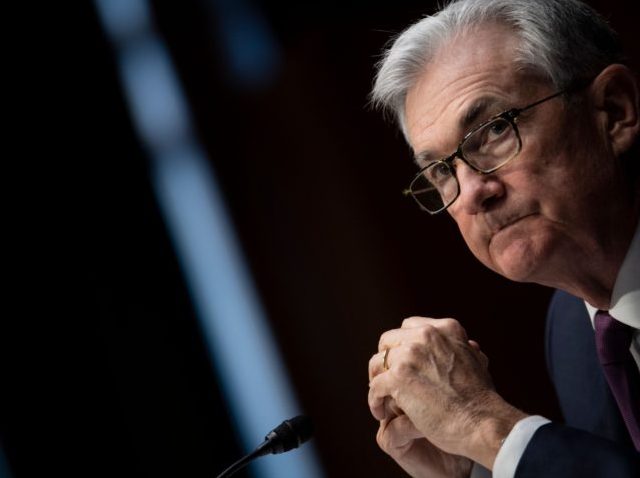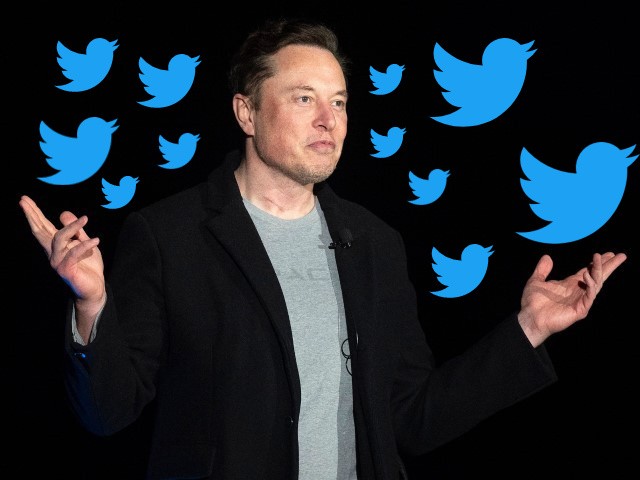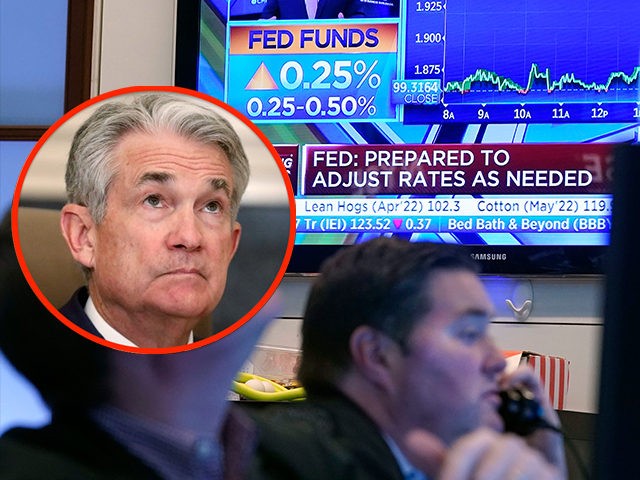Will the April showers give way to May flowers?
April is historically the best month of the year for the S&P 500. Stephen Suttmeier of Bank of America recently ran the numbers and found that the broad index rose 66 percent of the time on an average return of 1.41 percent going back to 1928. After a tough start for the year—the S&P saw its first down quarter since the initial pandemic lockdowns in 2020, falling 4.95 percent—a lot of investors went into April hoping for a reprieve rally.
We now know those hopes were dashed upon the growing realization that the Fed would have to hike interest rates much higher than anticipated earlier this year and that the faster climb increased the risk of a recession. The S&P sold off 8.7 percent on a total return basis. The Nasdaq fell 13 percent and is down 23 percent from its November peak. The quantitative strategy team at Bank of America says it was the 12th worst monthly performance since 1971. Making matters worse, there was nowhere for investors to hide. Long-term Treasuries fell. Gold was down. Corporate bonds declined.
The folks at CNBC released polling data on Tuesday showing the extent of the new pessimism. Fifty-seven percent of the economists, strategists, and fund managers polled say they expect the Fed’s hikes to result in a recession. Fortunately, you will apparently have some time to prepare for the economic slump because those who expect a recession think, on average, that it will get going in August of 2023. Fifty-three percent say it will be moderate while 43 percent believe it will be mild. Roger Ferguson, former Federal Reserve vice chairman, told CNBC’s Becky Quick that a recession is “almost inevitable.”

Federal Reserve Board Chairman Jerome Powell listens during his re-nominations hearing on Capitol Hill on January 11, 2022, in Washington, DC. (Brendan Smialowski/AFP via Getty Images)
Perhaps even more striking than the high level of recession expectations is that the same poll showed analysts expecting fewer hikes than the market is currently pricing in. The CNBC respondents expect two 50-point hikes in May and June, followed by a series of 25 basis point hikes. The fed funds futures market currently implies at least one more 50 basis point hike The CNBC survey’s respondents see the Fed’s target hitting 2.25 percent by year-end and culminating in a 3.08 percent rate by August 2023. The futures market implies a target of three to 3.25 by year-end and rates at 3.5 percent or above by the summer of 2023. Yet this milder forecast for rate hikes is enough for the CNBC respondents to expect a moderate or mild recession, which means that if the fed funds futures are right, we could be in for an even worse recession.
There is still a risk that the Fed does not follow the expected path but backs off the tightening cycle early. Most likely, if unemployment begins climbing and growth is slowing, there will be a lot of political pressure from the Biden administration for the Fed to take its foot off the brakes. The last thing the Democrats will want is a recession dragging down the economy as Biden begins to gear up for re-election. The trouble is that if the Fed does not bring inflation under control, it puts the economy at risk of settling into persistent double digit inflation. That would likely require, eventually, even higher rates and a deeper recession to bring prices back into stability.
Investors will no doubt be watching closely what Fed Chair Jerome Powell says at tomorrow’s press conference. We think a crucial test will be whether Powell acknowledges the impracticality of an “immaculate disinflation” scenario that sees inflation tamed with no real economic costs. If he sticks to the rosy picture he painted in March, that raises the risk that the Fed is not yet prepared to bring down inflation by any means necessary. That would probably send stocks up on the idea that the Fed will not be as aggressive as currently priced in. If Powell makes it clear he’s going to really go the distance against inflation, however, it’s likely that the hoped-for blossoming in May will have to wait.

Elon Musk (JIM WATSON/AFP via Getty Images; BNN Edit)
Twitter May Go Public Again
Elon Musk has reportedly been in talks with private equity outfits about possible equity investments in Twitter. This would relieve some of the burden on Musk to come up with the promised $21 billion in cash to buy the company. The fact that Apollo is considering the investment has a few implications. First, it means that Musk must believe he has a credible plan for improving the profitability of Twitter. That might be easier than people think. There’s lots of evidence to suggest that Twitter has been run mostly for the benefit of its woke employees rather than shareholders. Reining in the self-serving wokesters would likely go a long way toward improving the bottom line.
Second, it likely means that Musk plans on eventually selling the company back into the public markets. Musk has said he needed to take the company private to fix it, but he has never said he would need to keep it private. Those private equity guys will want an exit from the investment, a roadmap to how they make a market-beating return on whatever funds they provide. An initial public offering would be just the thing. As we were preparing this newsletter, the Wall Street Journal reported that Musk said to potential investors that he plans to stage an IPO of Twitter in as little as three years of buying it, according to people familiar with the matter.

COMMENTS
Please let us know if you're having issues with commenting.